Increasingly Concerned with Water Use and Scarcity, Commercial Buildings Turn to Energy Management Solutions
/Water seems to be on everyone’s mind recently, especially when it comes to conservation strategies in drought-afflicted states like California. Yet the monitoring of water is just beginning to be a topic of discussion in the CRETech space. Typically, water is a less significant cost for buildings than other utilities such as electricity and gas. So for a long time,property management teams have not prioritized monitoring water consumption. However, the tide is now turning as building owners anticipate possible new water mandates and realize the savings’ potential in monitoring property water usage.
Palpable water shortages have increased the environmental and financial implications of daily water use across the country. As of February 2, 2016, the United States Drought Monitor graded areas of Oregon, California, Nevada and other western states to be experiencing moderate to severe drought.[1] A day later, California water regulators voted to extend emergency conservation measures due to the ongoing drought conditions, putting to rest any notions that the increase in snow and rain this winter would mitigate water concerns. [2] The prolonged water scarcity has caused municipalities to raise water rates; the Pasadena City Council, which raised monthly rates by 10%, is one example.[3] More than ever, buildings require a system in place to keep water use in check and minimize wasteful practices.
The need for water use monitoring extends beyond the states that are suffering from droughts. The EPA reports that over the past decade, prices for water and wastewater services have risen faster than the consumer price index.[4] As water supply systems everywhere require costly repairs and updates due to aging, the EPA also cautions that office building managers need to expect that water and other utilities costs will be subject to increase. The EPA also notes that water and energy efficiency are connected, as a significant amount of building energy use is associated with heating water.
A current customer of MACH Energy’s cloud-based software program Insights learned the hard way that lacking a system in place to monitor water can suddenly become costly. The building, lacking EMS to monitor water usage, flag issues, and identify problems, had received abnormally exorbitant water bills for three months. Finally, the building’s management discovered a leak that was the cause of the high water bills. They knew they needed a better system in place to prevent similar incidents. The building's management team reached out to MACH to secure water services as a preventive measure for the future. Water is generally a negligible portion of operating expenses, but for this reason precisely, water is vulnerable to costly oversights. A malfunctioning plumbing system can subtly increase water costs before anyone realizes the extent of the damage. To minimize risk and prepare for possible water use mandates in reaction to drought, energy management systems (EMS) can be a simple, yet effective way to monitor usage.
While most building professionals have yet to even consider water conservation and monitoring as an integral part of their building optimization strategies, some have paid close attention to water. In addition, given the drought situations, more policy makers and other stakeholders are getting involved with water saving efforts. Years ago, analytics changed the way we managed energy use in buildings, and now the commercial real estate industry is looking to apply those same methods to water use. Inside a building, EMS can prevent threats to water price spikes resulting from leaks and other plumbing issues. Outside the building, EMS can enable a property’s management team to respond to water conservation recommendations or, possibly, requirements as environmental advocates and government officials search for solutions to a water crisis. Among Californians, water use reduction rates fell well short of the governor's goals in December. The 18% reduction in water usage was the worst recorded rate of improvement in the last seven months, missing the state's target 25% drop in usage.[5]
As environmental factors increase the importance of building resource management, advances in technology can provide data-specific solutions. EMS equipped with water monitoring capabilities provides building engineers and facility managers with greater control over and insight into property operations. The ability to receive detailed reports on water use is especially important as policy organizations debate solutions to current or potential water crises. The issue of water is not going away anytime soon, so now is the time to implement water-inclusive technology.
[1] Artusa, Anthony, "U.S. Drought Monitor", The National Drought Mitigation Center, 2016: http://droughtmonitor.unl.edu/
[2] Smith, Scott, "Water Officials Vote to Extend California Drought Emergency", Associated Press, Feb 3, 2016: http://abcnews.go.com/US/wireStory/california-weighs-extending-drought-conservation-orders-36658692
[3] Rivera, Eddie, "City Council Approves Water System Rate Increase", Pasadena News Now, Jan 12, 2016: http://www.pasadenanow.com/main/city-council-approves-water-system-rate-increase/#.VrpXnFUrLnA
[4] "Saving Water in Office Buildings", United States Environmental Protection Agency: http://www3.epa.gov/watersense/commercial/docs/factsheets/offices_fact_sheet_508.pdf
[5] Smith, Scott, "Water Officials Vote to Extend California Drought Emergency", Associated Press, Feb 3, 2016: http://abcnews.go.com/US/wireStory/california-weighs-extending-drought-conservation-orders-36658692
